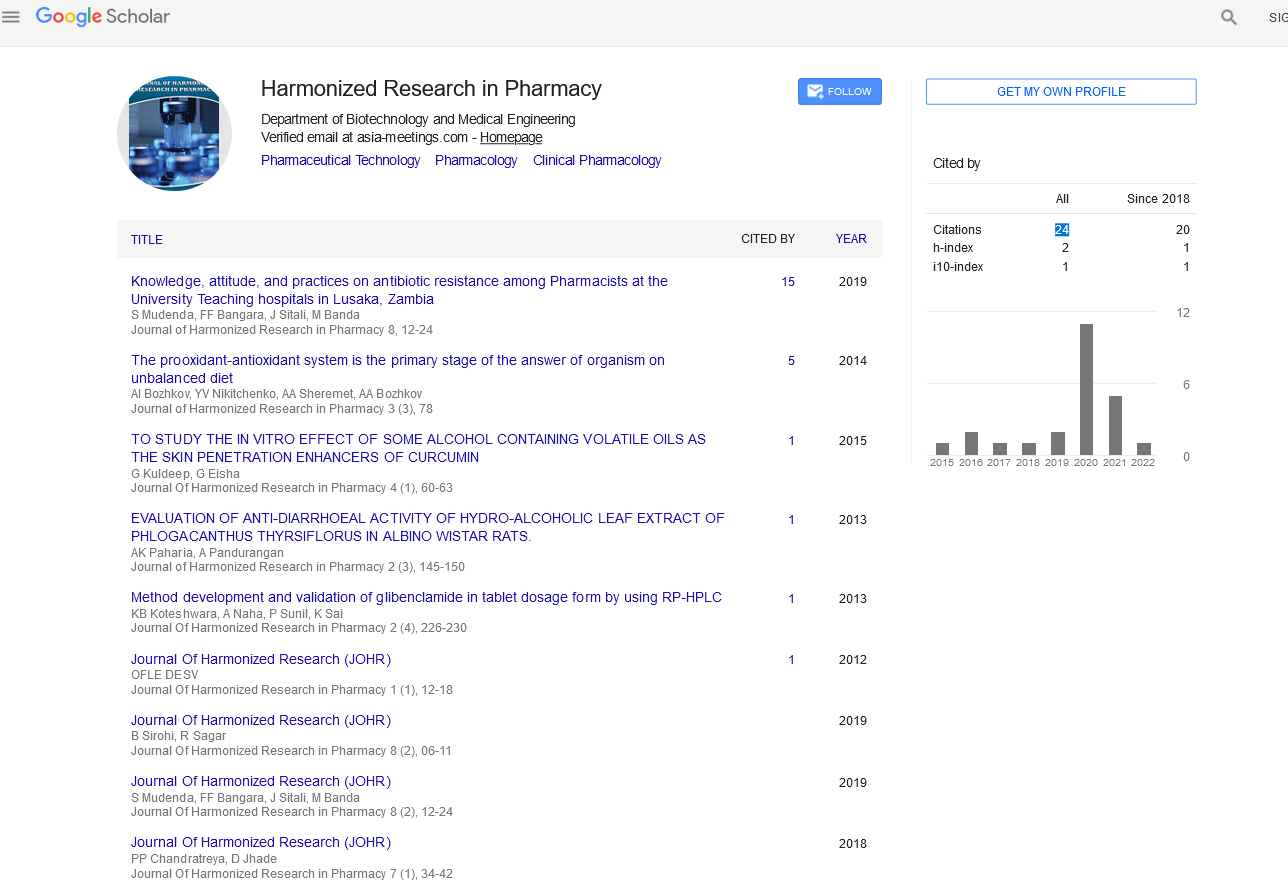CANDIDA ALBICANS AND NON ALBICANS SPECIES: A STUDY OF BIOFILM PRODUCTION AND PUTATIVE VIRULENCE PROPERTIES
Abstract
Author(s): Sathiya T, Arul Sheeba Malar S, Moorthy K, Punitha T, Vinodhini R, Saranya A.S
Background: The incidence of fungal infections has increased significantly, which contributes to morbidity and mortality. This is caused by an increase in antimicrobial resistance and the restricted number of antifungal drugs, which retain many side effects. Candida species are major human fungal pathogens that cause both mucosal and deep tissue infections due to the presence of various virulence factors such as exo-enzymes secretion, capacity of adherence and morphogenesis. The production of exo-enzymes such as proteinase and phospholipase are factors which have been classically understood. Others such as haemolytic activity and the resistance to hydrogen peroxide are still little studied especially in urine isolates. Biofilm is the structured microbial communities that are attached and encases in a matrix of exo-polymetric material and are important for the development of clinical infection. Materials & Methods: On this background, the current study was done to analyze the virulence factors of Candida species from the urine samples (n=150) collected from unmarried girls of Vivekanandha College, Tiruchengode. Results: Forty samples were found to be positive for Candida spp., among them C.tropicalis is the prime one in its prevalence rate followed by C.glabrata 25%, C.albicans 17.5% and C.krusei 12.5%. Among the 40 positive Candida species virulence factors like biofilm formation, haemolytic activity, exo-enzyme production (proteinase and phospholipase) were studied. Biofilm formation was prominently seen in C.tropicalis whereas in exo-enzyme (proteinase and phospholipase) production C.albicans ranks the first than any other Candida species. However proteinase, phospholipase and hemolytic activity were highly expressed suggesting that these virulence factors are important for the pathogenicity. Conclusions: Generally the different isolates expressed similar virulence potential of varying range and it reinforcing the necessity to analyze the key factor of virulence in depth and also the other factors related to the yeasts are involved in the development of the disease. Keywords: Candida speciation; Hichrome agar; prevalence; antifungal susceptibility; virulence factors

Google Scholar citation report
Citations : 147
Journal of Harmonized Research in Pharmacy received 147 citations as per google scholar report









